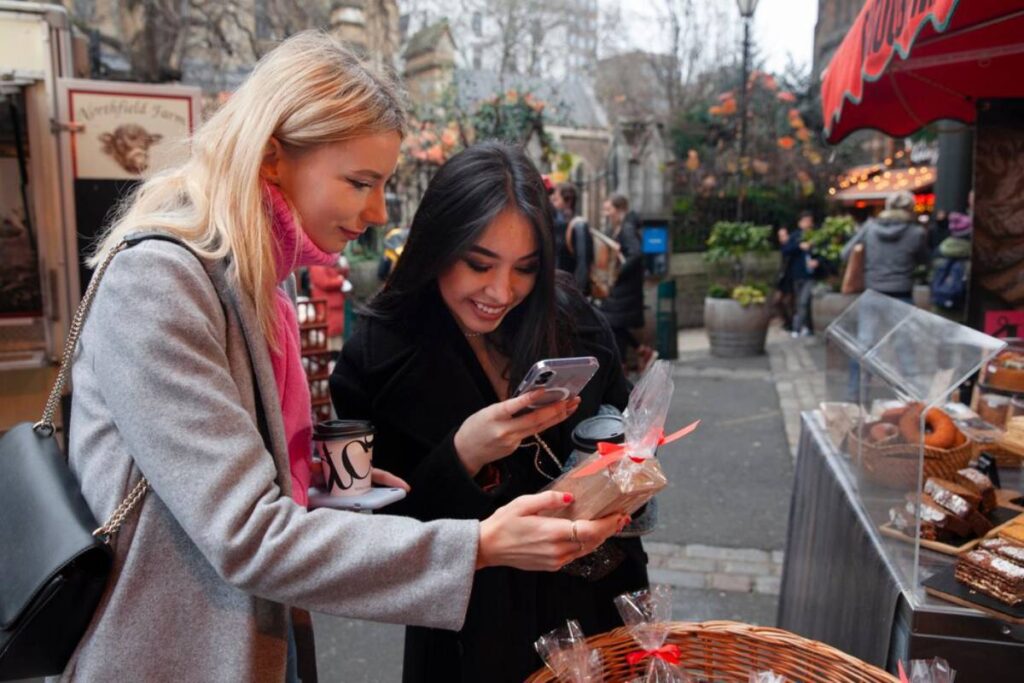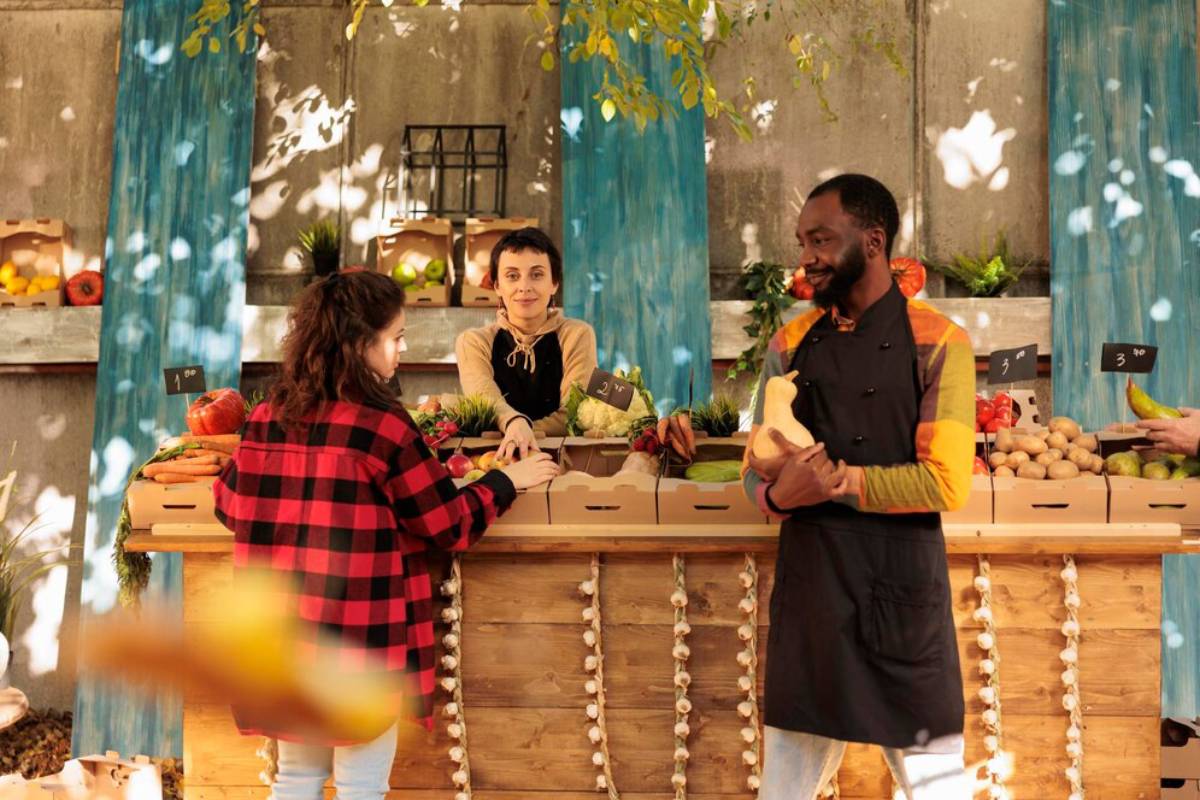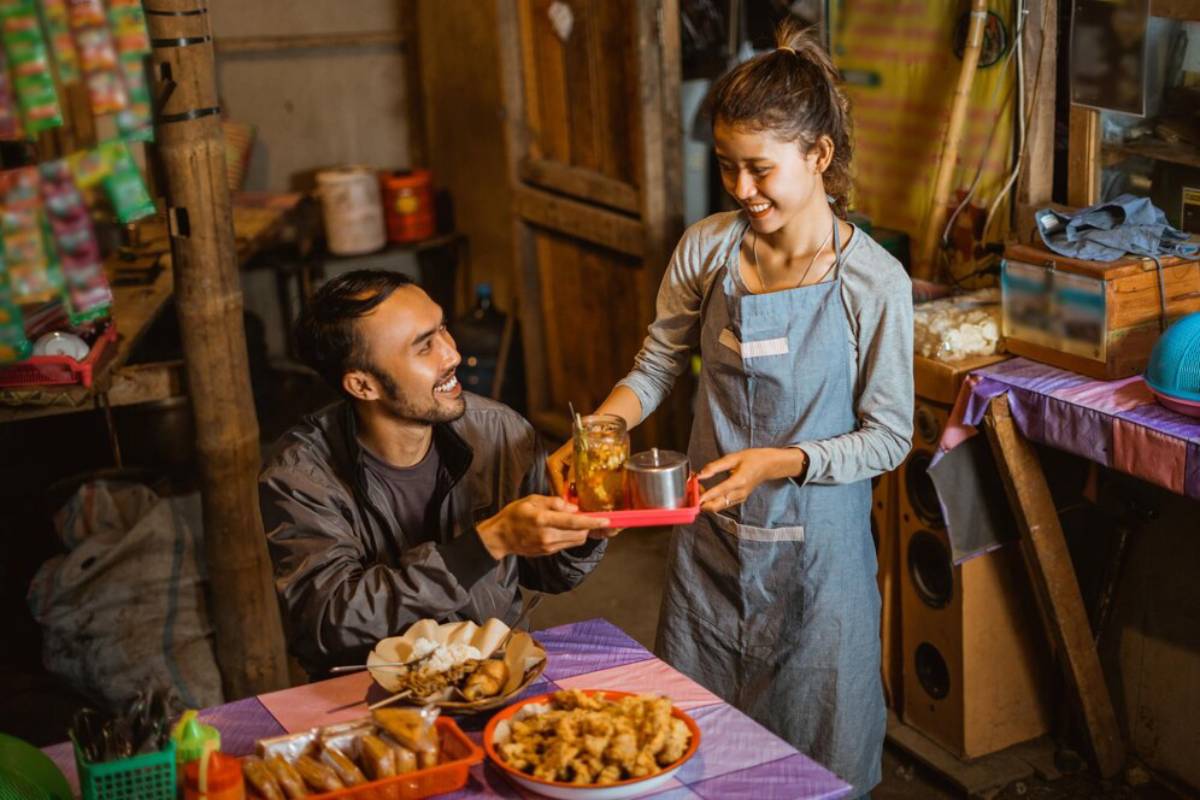The Food & Recipes Blog

How to Navigate a Foreign Street Market Like a Local
There’s something intensely captivating about wandering through a bustling street market in a new country. The aroma of sizzling delicacies, the vibrant chatter of local vendors, and the kaleidoscope of fresh produce and handmade goods make it an immersive cultural experience unlike any other.
Yet, for many travellers, street markets can be overwhelming, especially when language barriers and unfamiliar customs come into play. This street market guide aims to help you approach international markets with confidence, curiosity, and a local’s savvy, whether a food enthusiast, cultural explorer, or casual tourist, these insights and local food tips will enrich your international food travel experience.
Understanding the Core: What Makes Street Markets So Unique?
Street markets are often the beating heart of a community. They’re not just places to shop but windows into local life. Unlike supermarkets or tourist districts, markets usually operate on local rhythms, offering seasonal goods, traditional recipes, and face-to-face interaction that reveal much about a region’s identity.
Why It Matters:

- Cultural immersion: Food, fashion, and customs all in one place.
- Economic support: Your purchase directly supports small-scale vendors.
- Authentic experiences: You taste what locals eat and see what locals buy.
According to the World Tourism Organisation, food tourism—particularly street food—has grown exponentially, with travellers increasingly seeking “gastro-authenticity.”
Pro Tip:
Bring a hand sanitiser and a few tissues—some market stalls may lack wash facilities or serviettes.
Quick Guide / Checklist: Your Street Market Essentials
Before You Go:
- Research the best markets in advance (look for local reviews or blogs)
- Learn basic local phrases (especially for greetings and prices)
- Bring cash in small denominations
- Wear comfortable shoes and bring a reusable bag
- Check opening times—many markets close by early afternoon
While You’re There:
- Do a complete walk-through before buying anything
- Observe what locals are queuing for
- Taste samples when offered—but be respectful
- Ask about ingredients if you have dietary restrictions
- Engage with vendors using friendly body language
Afterwards:
- Note down favourite stalls and dishes for future visits
- Share recommendations with fellow travellers
- Respect local waste rules when disposing of packaging
Important Note:
Look for stalls with specific specialities. A vendor selling just one dish is often a master at it.
Step-by-Step Guide: How to Practise Navigating Like a Local

- Eat Where Locals Eat: Choose food vendors where you see locals dining, not just tourists snapping photos.
- Start Early: Locals shop early to get the best picks, especially for produce and baked goods.
- Blend In: Dress modestly, put your phone away, and adopt a relaxed, observational pace.
- Follow the Crowd: Popular stalls often indicate trusted quality. Watch for long local queues.
- Use Non-Verbal Communication: A smile or nod goes a long way, especially when language is a barrier.
- Haggle Politely (If Customary): In many cultures, bargaining is expected, so approach it with humour and humility.
- Be Curious, Not Critical: If unsure about a dish or practice, ask kindly or observe before judging.
Best Practices & Additional Insights
- Know the Meal Times: In countries like Thailand or Mexico, street food is linked to specific meal periods—plan accordingly.
- Learn from Locals: If you’re unsure what to try, ask a local or follow their lead.
- Embrace the Unexpected: Some of the best food experiences come from trying something unrecognisable but highly recommended.
- Go Beyond Food: Many street markets include handmade crafts, textiles, and natural remedies—great for unique souvenirs.
- Use Apps Wisely: Translation apps and currency converters can smooth over tricky transactions without losing the human touch.
FAQs
- Are street markets safe for eating?
Generally, yes—especially if you choose busy stalls with a high turnover. Trust your senses and go where locals go.
- What if I don’t speak the language?
Use universal gestures, translation apps, and a few memorised local phrases. Most vendors appreciate the effort.
- Is it rude to bargain?
It depends on the country. In some places, haggling is expected; in others, it’s frowned upon. Research local etiquette beforehand.
- Can I take food home from a market?
Yes, dehydrated goods or pre-packaged items. Be mindful of customs rules if you’re flying internationally.
- What if I have dietary restrictions?
Communicate clearly, use translation apps, and when in doubt, choose simpler dishes or pre-packaged foods with ingredient labels.
Ask clearly or use translated cards explaining your restriction. When unsure, opt for dishes you can visually identify.
Navigate the Local Markets Like a Pro
Street markets offer more than food—they serve a slice of daily life, wrapped in tradition, energy, and community spirit. By following this street market guide, you’ll eat well and connect deeply with the culture around you.
So, next time you travel, don’t just walk past the market—walk into it.
Ready to eat like a local? Start planning your next international food travel adventure with confidence. And when you return, share your stories, favourite dishes, and new go-to markets—your insight might just guide someone else’s journey.









